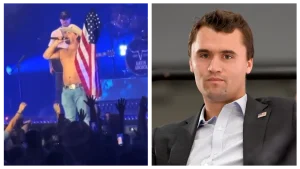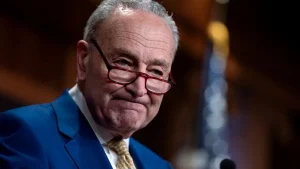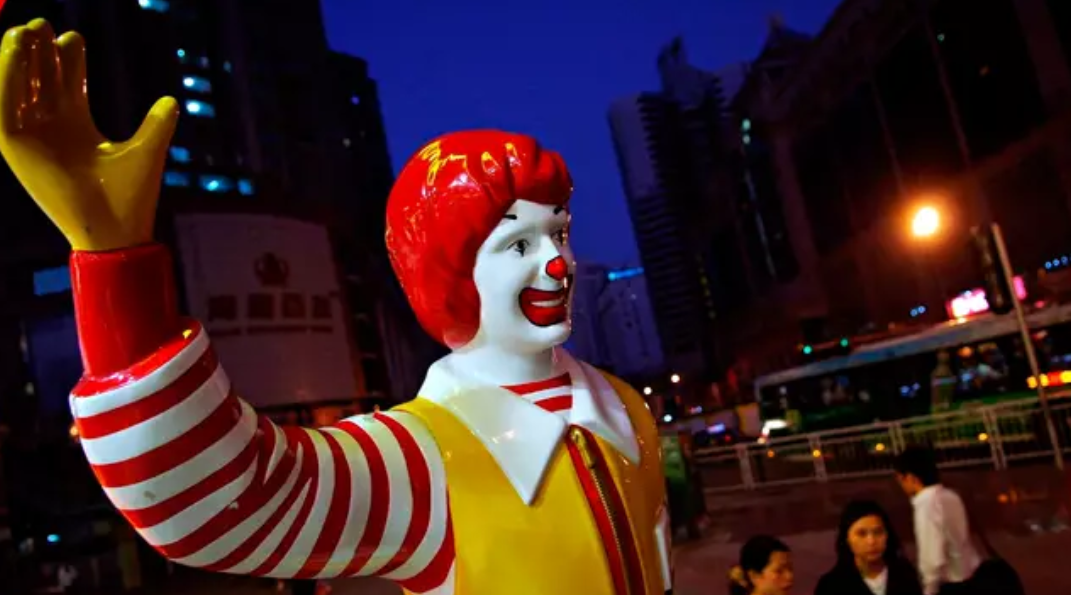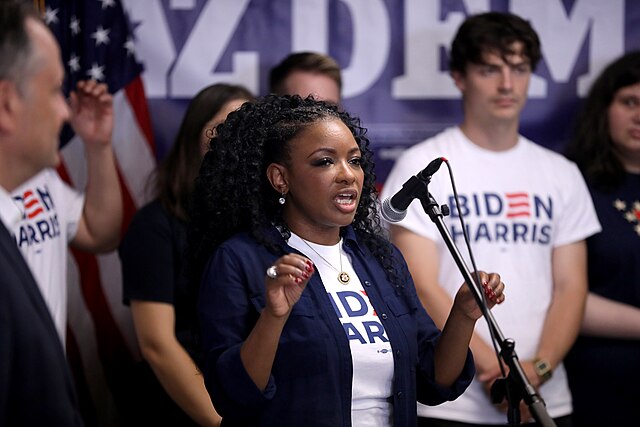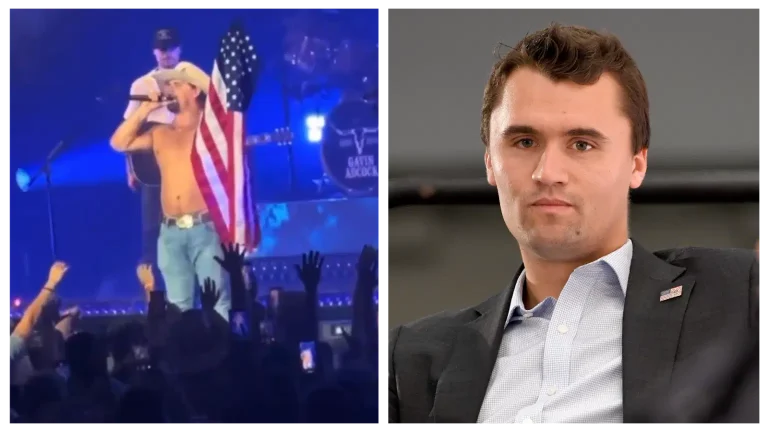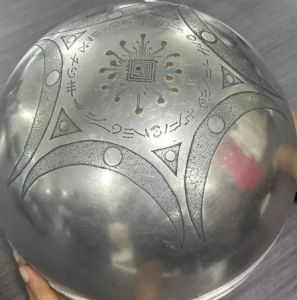NOTE: VIDEO AT THE END OF ARTICLE
If you grew up in the golden age of McDonald’s, chances are you remember Ronald McDonald — the red-wigged clown in oversized shoes who defined fast food fun for decades.
Introduced in the 1960s, Ronald was once the smiling face of McDonald’s. He starred in commercials, showed up at kids’ parties, and was featured prominently in stores alongside his quirky crew — the Hamburglar, Grimace, Birdie, and Mayor McCheese.
But somewhere along the way, Ronald vanished.
The last time many people saw him was around 2016, when McDonald’s quietly began stepping back from using its classic characters. But why?
It wasn’t due to declining popularity or a marketing pivot — it was something stranger.
The rise of the viral “killer clown” panic that swept the globe in 2016 turned what was once a beloved character into a liability. People dressed as terrifying clowns began popping up on social media — often wielding knives or chasing bystanders. What started as a publicity stunt for a horror movie quickly spiraled into real-world chaos.
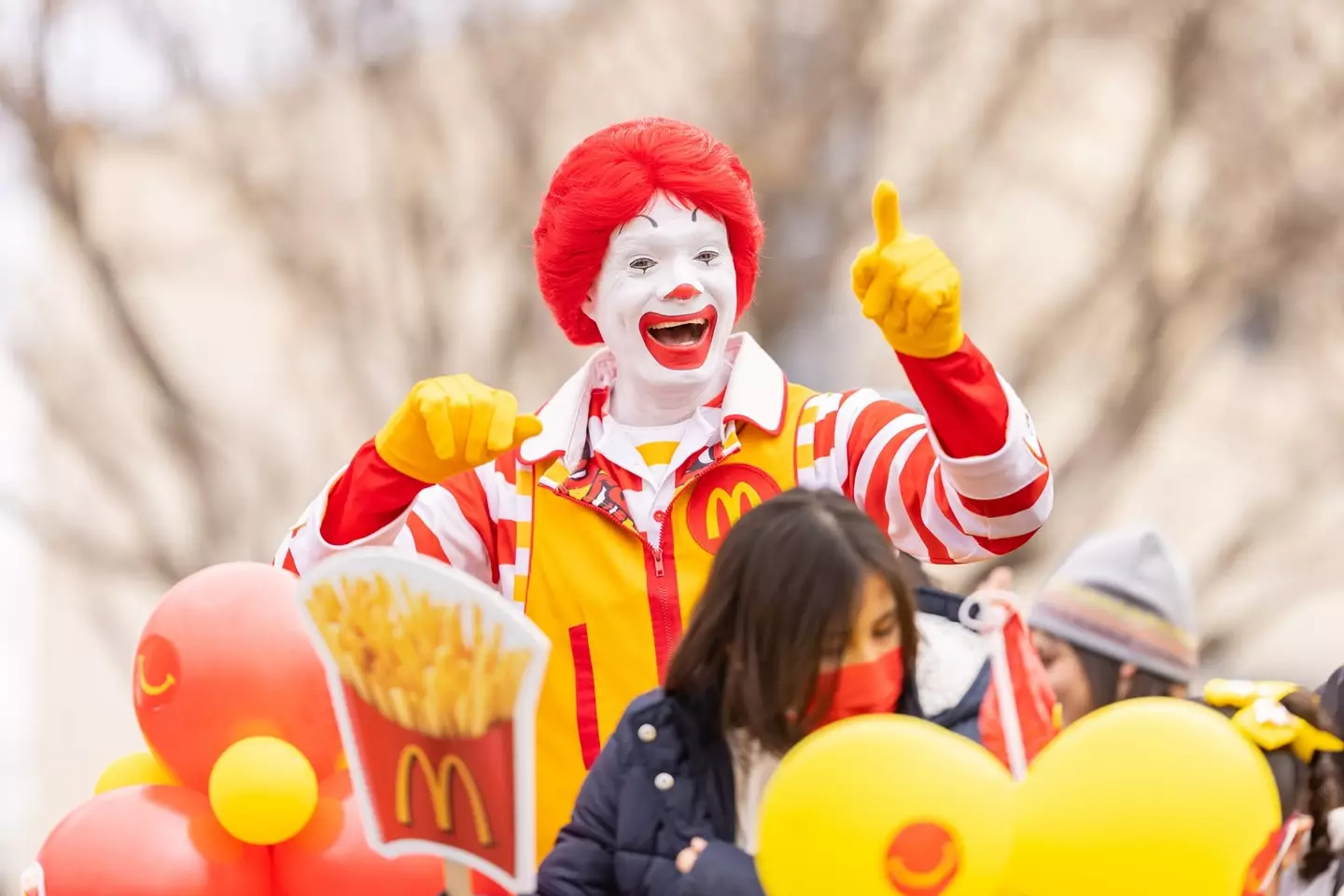
As fear around clowns surged, McDonald’s made a calculated move. They issued a statement noting that Ronald would take a step back from public appearances “out of sensitivity to the current climate.” They didn’t want a friendly mascot to be mistaken for a threat.
In the UK, McDonald’s clarified that Ronald would no longer feature in advertising but was still “working hard behind the scenes” on community events — a polite way of saying he was being retired from the spotlight.
The shift wasn’t just about creepy clowns. Public perception of clowns in general had been eroding for years, thanks to pop culture and true crime. From Stephen King’s Pennywise to American Horror Story’s Twisty, and even the real-life nightmare of serial killer John Wayne Gacy, clowns were increasingly tied to horror instead of humor.
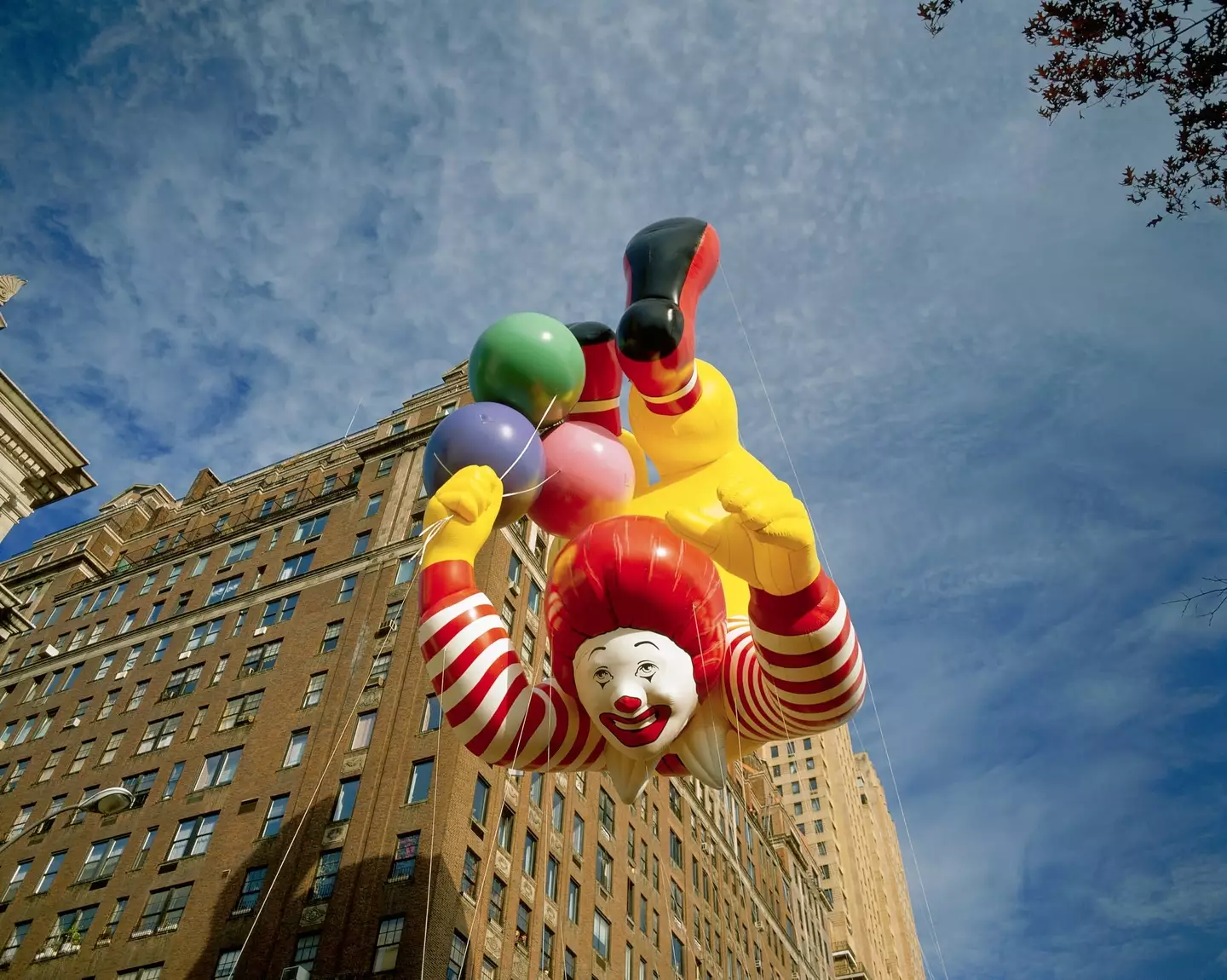
By 2016, Ronald McDonald had become a brand risk. Not because he changed, but because the world’s view of clowns had.
And just like that, one of the most iconic mascots in advertising history quietly slipped away — not with a farewell, but with a statement.
Turns out, it’s not easy being a clown in the age of viral fear.


